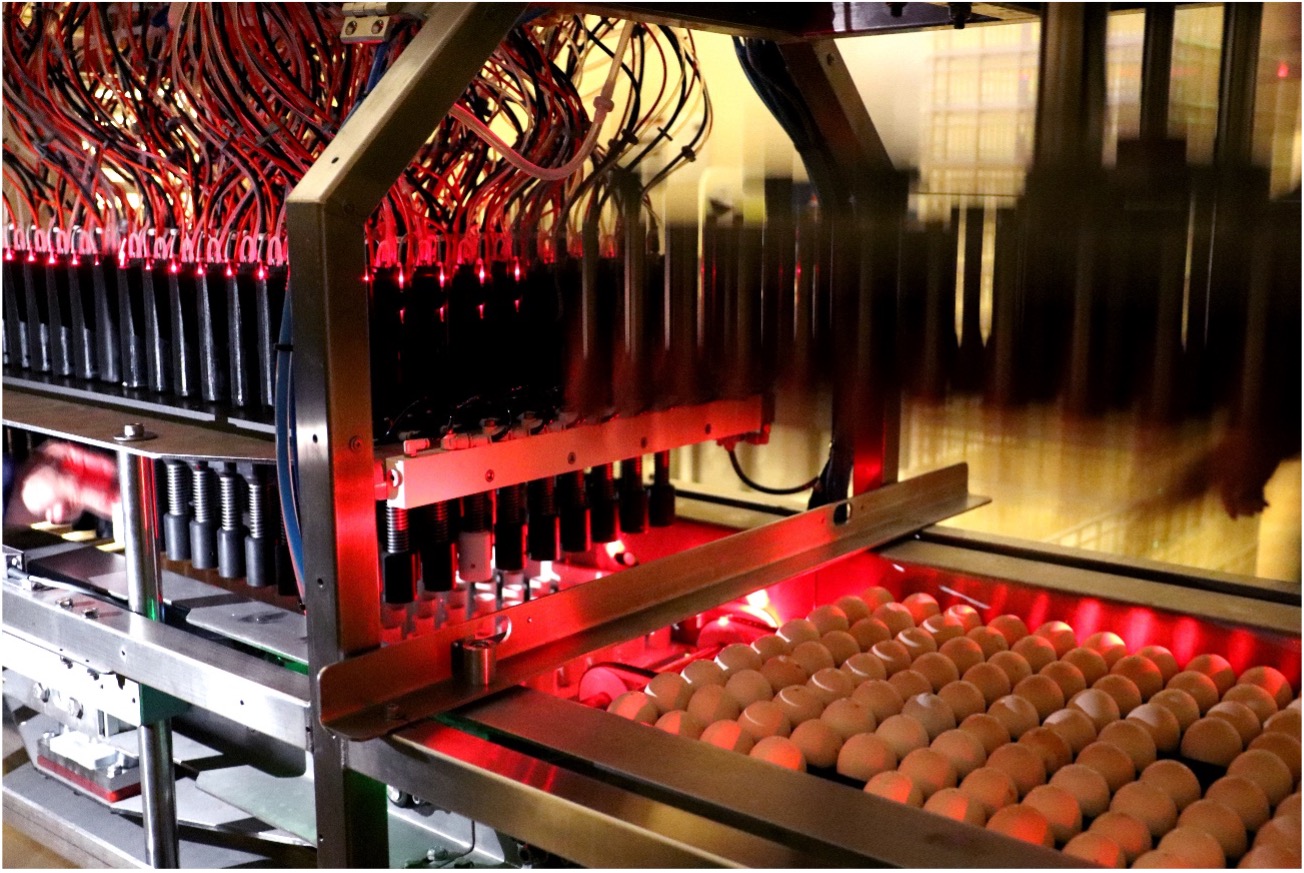New vaccines against coccidiosis in chickens are arising in the market, giving more tools to the producers to optimize their procedures and the management of the gut health challenges of the birds.
Avian coccidiosis is one of the main destabilizing agents of the digestive health of birds, with the destruction of enterocytes and affecting intestinal integrity. The lesions it causes, the inflammatory process, the reduced absorption and consequent excess of nutrients in the lumen, contribute to the proliferation of certain bacterial groups, in particular the colonization by Salmonella spp. (Takimoto et al., 1984), Escherichia coli (Nakamura et al., 1990) and, above all, Clostridium perfringens (Porter et al., 1998).
As a veterinary laboratory specializing in prevention for animal health, HIPRA has been making an important contribution to the promotion of intestinal health in poultry for many years, bringing to the market vaccines for the prevention of coccidiosis in chickens, characterized by their high levels of efficacy and safety. (EVALON®, EVANT®, HIPRACOX®).
Furthermore, in-ovo vaccination is attracting increased interest from poultry producers as a method of administration of vaccines other than for coccidiosis, as it makes the process individual, more precise and reliable, and cheaper in many cases.
Due to the above, new vaccines against avian coccidiosis attenuated by precociousness expressly developed for in ovo administration are becoming an option to control this disease.

Main characteristic for the success of a vaccine with this technology
Sensitive strains & attenuation by precociousness:
Sanitization of the vaccine solution:
Ensuring the safety of a vaccine is always crucial to develop an adequate vaccine. Thus, it is of great importance to avoid any kind of contamination (mainly other microorganisms or organic material) of the vaccine solution.
Sanitizing through other methods than including antimicrobials or chemicals will allow to have a vaccine solution that does not have interaction with other live strategies used in poultry production (other vaccines, probiotics, etc.).
Broad spectrum protection:
For the prevention of coccidiosis in chickens through live vaccines, as no cross protection between species is feasible, is crucial to include every species that are necessary to be avoided in every type of chicken production.
In the case of broilers, including the main species that cause clinical coccidiosis (and subclinical coccidiosis) is highly advisable: Eimeria acervulina, E. maxima and E. tenella. Also, in the case of broilers, the avoidance of Eimeria species that can cause subclinical coccidiosis such as E. praecox.

Joint application with other in-ovo vaccines:
The current strategy of vaccination through in-ovo devices was mainly designed to administer vectorized type vaccines (covering Marek disease alone or together with Newcastle disease and/or Gumboro disease) or immunocomplex vaccines against Gumboro disease, or a combination of all these.
Consequently, an in ovo vaccine against coccidiosis in chickens should be able to be administered together with these vaccines, without affecting the stability/safety or efficacy of any of them.
Administration, key to ensuring the success of the process
The in-ovo vaccination process is carried out in the transfer phase in the hatchery, when transferring the embryonated eggs from the incubator machines to the hatchers. This process is usually performed between days 18 and 19.5 of embryonic development.
In this phase of the development process, the embryo will present different compartments that can be accessed by the in-ovo injection device, with different results for achievement of a successful vaccination process. These 5 cavities or separate parts are:
- Air chamber
- Allantoic cavity
- Amniotic cavity
- Embryo
- Yolk sac
Vaccines applied in ovo for other pathologies, such as Marek’s, ND or IBD vaccines, may have adequate results when administered to the embryo.

In-ovo vaccines against coccidiosis in chickens contain live Eimeria oocysts, and due to its mechanism of action, they should be applied into the amniotic cavity. If this is happens, the embryo will consume the vaccine solution orally and, at hatching, the replication process of the vaccine strains will begin in the chick’s intestine.
To achieve this goal, auditing the Site of Injection (SOI) of the embryonated eggs before the vaccination can be very helpful to optimize the vaccination procedure. With this prior evaluation, it is possible to know the current percentage of embryonated eggs that are injected into the amnion and to take the necessary measures, such as equipment calibration, to ensure that the device’s needles perform the most precise vaccination possible. For this reason, any in-ovo vaccination device on the market has the possibility of using an in-ovo vaccine against coccidiosis in chickens with excellent results.
BIBLIOGRAPHY
- Chapman HD. Biochemical, genetic and applied aspects of drug resistance in Eimeria parasites of the fowl. Avian Pathol. 1997;26(2):221-44.
- Jeffers TK. Attenuation of Eimeria tenella through selection for precociousness. J Parasitol. 1975 Dec;61(6):1083-90. PMID: 1195070.
- Porter, R. E., Jr. 1998. Bacterial enteritides of poultry. Sci. 77:1159–1165.
- Nakamura K, Isobe T, Narita M. Dual infections of Eimeria tenella and Escherichia coli in chickens. Res Vet Sci. 1990 Jul;49(1):125-6. PMID: 2143305.
- Shirley MW, Smith AL, Blake DP. Challenges in the successful control of the avian coccidia. 2007 Jul 26;25(30):5540-7.
- Takimoto H, Baba E, Fukata T, Arakawa A. Effects of infection of Eimeria tenella, E. acervulina, and E. maxima upon Salmonella typhimurium infection in chickens. Poult Sci. 1984 Mar;63(3):478-84. doi: 10.3382/ps.0630478. PMID: 6371754.



